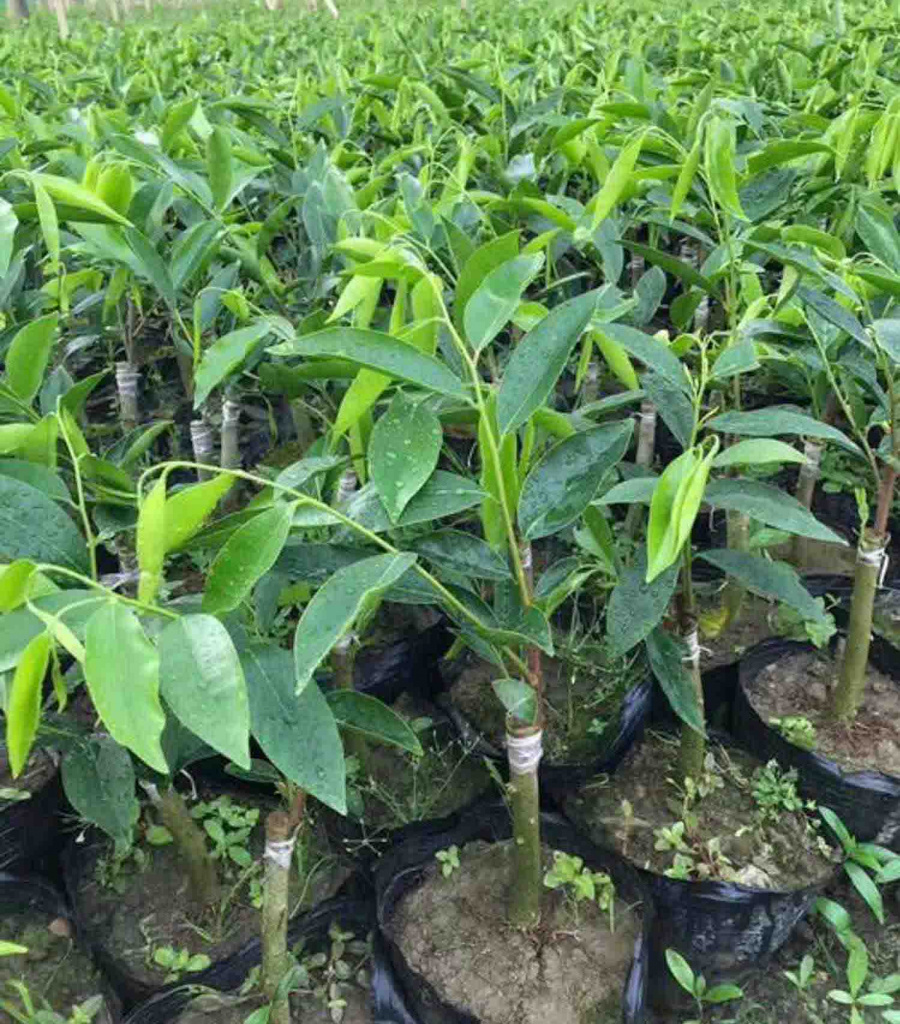How to Cultivate and Harvest Agarwood: A Comprehensive Guide
Agarwood, often revered as the ‘Wood of the Gods,’ is prized for its aromatic richness and profound spiritual significance. Cultivating agarwood can be a deeply rewarding endeavor, accessible to both novice and experienced gardeners. This comprehensive guide delves into the world of agarwood, covering its origins, the factors contributing to its value, and a step-by-step roadmap for successful cultivation and harvesting.
I. Where Can Agarwood Thrive?
Agarwood is derived from the Aquilaria tree and is naturally indigenous to the lush rainforests of Southeast Asia. Cultivating agarwood successfully depends on specific environmental conditions:
1. Soil Conditions:
- Well-draining Soil: Preventing waterlogging is crucial to safeguard the tree’s roots.
- Slightly Acidic Soil: Maintaining a pH level between 5.5 and 7.5 is optimal.
2. Climate:
- Tropical Rainforest Climate: Agarwood thrives in regions characterized by high humidity levels and consistent, year-round rainfall.
- Temperature: The Aquilaria tree flourishes in temperatures ranging from 20°C to 30°C (68°F to 86°F).
3. Altitude:
- Although typically found at low to medium altitudes, Aquilaria trees can adapt and grow in elevations ranging from sea level to 1000 meters above sea level.
4. Expanding Horizons:
- Given the immense demand and value of agarwood, efforts have been made to cultivate it beyond its native habitat. Successful cultivation has been achieved in parts of China, Northeast India, and select Middle Eastern regions. However, the formation of agarwood remains unpredictable and is not guaranteed in every tree.
5. Watering Needs:
- Adequate, regular watering, especially during the early stages, is crucial for young saplings. However, the soil should never become waterlogged. Mature agarwood trees can withstand intermittent droughts but thrive with consistent moisture.
II. The Agarwood Growth Timeline:
The formation of agarwood within the Aquilaria tree is unique, relying on the tree’s response to injury or infection:
1. Growth of the Aquilaria Tree:
- Seedling Phase: After planting, it takes approximately 1-2 years for Aquilaria saplings to establish themselves and exhibit healthy growth.
- Mature Tree: Under optimal conditions, Aquilaria trees typically reach full height within 5-7 years.
2. Inducing Agarwood Formation:
- Agarwood formation begins when the tree undergoes stress, often due to injury or microbial infection.
- Natural Formation: If left to natural processes, the timeline for agarwood formation is unpredictable and can span many years, even decades.
- Artificial Induction: To expedite the process, cultivators employ artificial means such as controlled wounding, microbial agents, or chemical stimulants. Agarwood can start forming within 1-3 years post-induction.
3. Harvesting Agarwood:
- Optimal Harvesting Age: Quality agarwood is typically harvested from trees that are at least 5-8 years old. The longer the resin matures within the tree, the more valuable it becomes. Some of the most prized agarwood comes from trees aged 20 years or more, although such instances are rare due to the extended waiting period and potential risks to the tree.
III. Growing Agarwood: A Step-by-Step Guide:
Step 1: Selecting the Right Seedlings:
- Species Choice: Depending on your region, select an Aquilaria species suitable for cultivation, such as Aquilaria malaccensis or Aquilaria crassna.
- Healthy Seedlings: Choose disease-free, vibrant saplings with robust roots.
- Age: Opt for seedlings aged 4-6 months, as they are sufficiently developed for transplantation.
Step 2: Preparing the Soil:
- Soil Type: Agarwood trees thrive in well-draining soil, ideally a mix of loam and slightly sandy soil.
- pH Level: Maintain a slightly acidic soil with a pH level between 5.5 to 7.5.
- Soil Enrichment: Prior to planting, enrich the soil with organic compost or manure to ensure it is nutrient-rich.
Step 3: Planting the Seedlings:
- Digging the Hole: Create a hole twice as wide and deep as the seedling’s root ball.
- Planting Depth: Ensure the seedling’s root ball is level with or slightly above the ground surface.
- Spacing: If planting multiple trees, maintain at least 5 meters between each to allow ample space for growth and minimize nutrient competition.
Step 4: Watering:
- Initial Watering: After planting, provide thorough watering to help establish the sapling.
- Regular Watering: During the initial months, maintain regular, but not excessive, watering to keep the soil consistently moist.
Step 5: Care and Maintenance:
- Mulching: Apply mulch around the base of the tree to retain moisture, suppress weeds, and regulate soil temperature.
- Fertilizing: Use organic fertilizers to provide essential nutrients. In the early stages, nitrogen-rich fertilizer is beneficial, but reduce nitrogen and transition to balanced fertilizers as the tree matures.
- Protection: Safeguard young saplings from pests and diseases. Routinely inspect and promptly treat any infestations.
Step 6: Pruning:
- Remove Dead Branches: Regularly prune away dead or dying branches.
- Shape Maintenance: Light pruning to maintain the tree’s shape promotes better growth and facilitates inspection for agarwood formation later.
Step 7: Inducing Agarwood Formation:
- Natural Formation: While you can wait for natural infections, this process is unpredictable.
- Artificial Induction: To expedite the process, growers often use artificial techniques, including controlled wounding or introducing specific fungi, around the 5-7 year mark.
IV. Harvesting and Processing Agarwood Trees:
- Once the tree reaches 5-8 years of age and shows signs of agarwood formation, it can be cut down, and the heartwood extracted.
- Resinous sections are then separated, cleaned, and processed into various valuable products.
Cultivating agarwood is a patient and intricate journey, with the potential for rich rewards in the form of this coveted ‘Wood of the Gods.’ By comprehending and catering to the unique requirements of the Aquilaria tree, individuals can embark on a path of agarwood cultivation and savor its aromatic richness and profound spiritual significance.
Welcome to WordPress. This is your first post. Edit or delete it, then start writing!


1 Comment
Hi, this is a comment.
To get started with moderating, editing, and deleting comments, please visit the Comments screen in the dashboard.
Commenter avatars come from Gravatar.
Add Comment